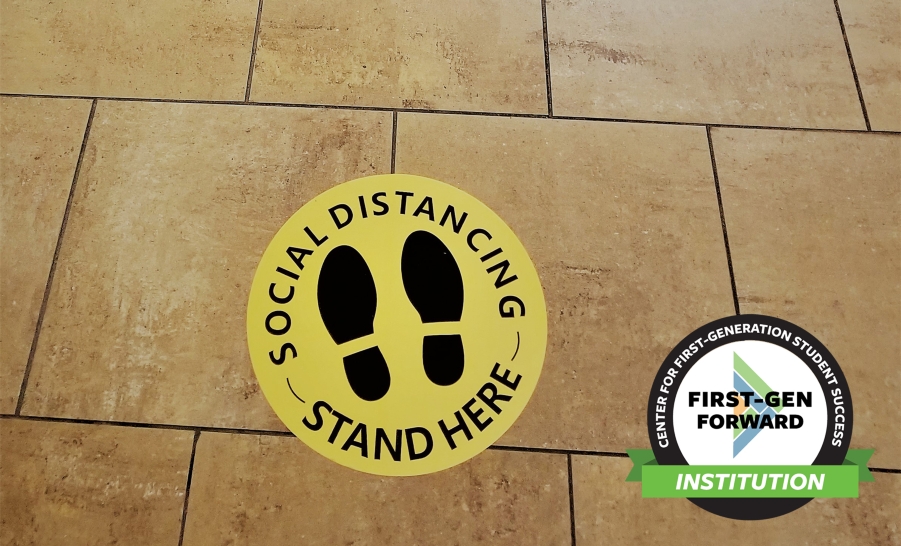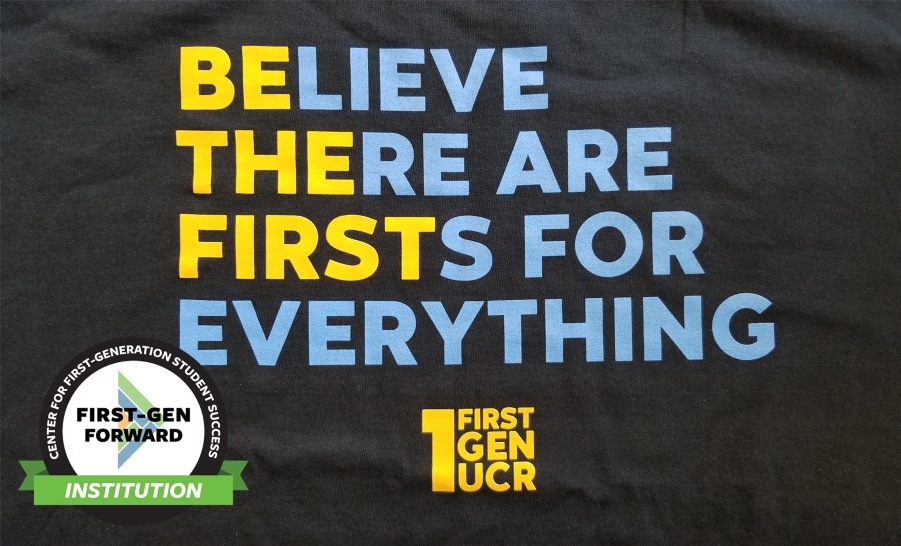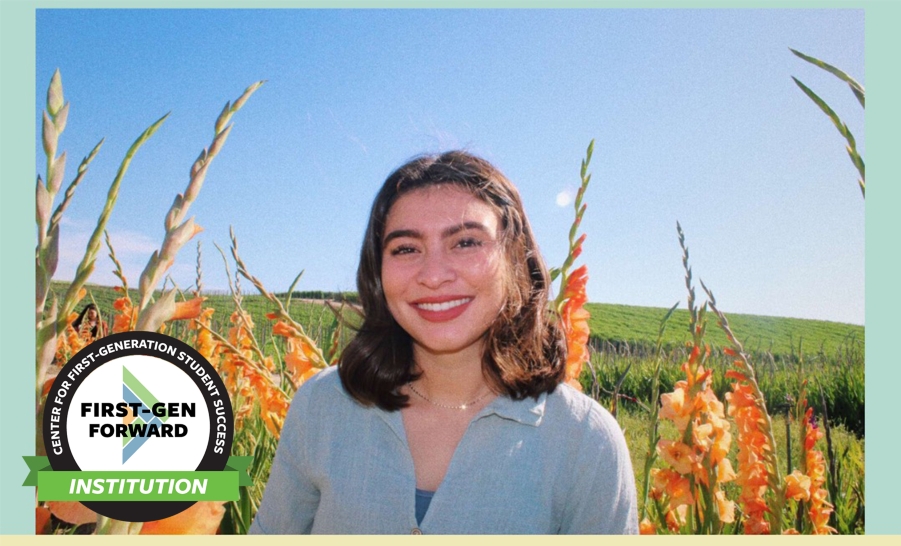Reinventing Student Success in a Post-Pandemic World
Deirdre Slavik, Ph.D., NorthWest Arkansas Community College / FirstGen Forward / February 24, 2021

With the looming uncertainties of the post-pandemic world (hopefully) approaching, many of us in higher education are preparing for worst-case scenarios of declining enrollment and slashed operating budgets. This is particularly true for community colleges, whose traditional student demographics–including first-generation and low-income college students, are uniquely vulnerable to the economic devastation caused by COVID-19. While the scope is currently unknown, trends indicate that enrollment gains made by first-generation, low-income, and minority students over the past two decades may have been wiped out in a matter of months by the pandemic.
Creating a pathway to college for potential students will be a daunting task. Once enrolled, keeping those students may be even harder. Even during the best of times, many community college students struggle with housing or food insecurity, finding childcare, and balancing job demands.
This leads to the urgent question: how can we continue serving our students–particularly those who stand to benefit the most from earning a degree, when the challenges are greater and our resources are fewer?
The answer to this question will require all of us in higher education to reimagine our daily processes and procedures. Challenging times provide opportunities for creativity and growth. The pandemic has been an industry disruptor for higher education. As we chart a new path going forward, we need to take this opportunity to create a system that serves all our students. While we may not yet know what this will look like, the first step in this journey will be to understand who our students are and what they need.
Interventions offered to either individual students or groups of students based on the use of predictive analytics need to be positive, constructive, and encouraging and not inadvertently punitive.
Why is this different from what we already do? Most of us work at institutions that regularly gather and report data on many things, including student demographics and success rates, but few institutions take a Google-esque approach to data management allowing us to anticipate and meet student needs. We should know things like which students would benefit most from success resources such as tutoring, which students are more likely to persist when connected with extracurricular activities, and which students are least likely to seek assistance. We should also know which students we tend to lose just during the initial application process. We should know really anything that could proactively connect students with the interventions they need. This type of granular information allows for the efficient and effective use of our limited resources. Such predictive analytics have been successfully used in the private sector for decades and have recently begun gaining traction in the field of higher education, as well.
In terms of implementation, the good news is that most colleges already gather and use data in various ways, so it’s more about expanding and reimagining rather than invention. There are also software solutions, ranging from comprehensive enterprise systems to customized solutions built by business intelligence firms, to statistical programs like SPSS or SAS, and once again, the good news is that most colleges already have something in place that can do this (though it’s likely the capability to do so could and should be expanded).
There are a few important points to keep in mind. First, when developing a data management plan, it’s important to start with what you need to do and then follow up with what you need to know in order to do it. That sounds obvious, but too often we have high-level demographic data (important for long-term strategic planning) that’s not actionable in offering immediate and focused interventions. Knowing is not the same as doing, and there is a lot that needs to be done.
A word of caution with some food for thought: some institutions use historical data to assign “risk scores” to individual students. Factors such as first-generation status contribute to a higher global score. While using predictive analytics in this manner may have surface appeal, the potential for misuse, despite good intentions, is significant. Well-meaning advisors may dissuade students with high risk scores from pursuing competitive degree plans, place them in lower-level courses, or any number of other actions that may unintentionally hinder a student’s ability to achieve aspirational goals. And let’s face it–each and every one of us is a walking risk score; it doesn’t define us and it shouldn’t limit us.
The good news is that most colleges already gather and use data in various ways, so it’s more about expanding and reimagining rather than invention.
So, interventions offered to either individual students or groups of students based on the use of predictive analytics need to be positive, constructive, and encouraging (additional tutoring, proactive outreaches by advisors, recruitment by student clubs/organizations) and not inadvertently punitive.
When used appropriately, data can be used to better understand our students and implement focused outreach and retention strategies. When not used appropriately, it’s the functional equivalent of an unsupervised three-year old holding sharpies and glitter–at best a messy distraction and at worst the source of serious damage.
The next few years will see the reinvention of higher education in this country. This is a tremendous opportunity to utilize every available resource in creating a system that promotes the growth and success of each student. Effectively leveraging data will be a huge step in that direction.
For more information on NorthWest Arkansas Community College’s approach, please visit their website here.





